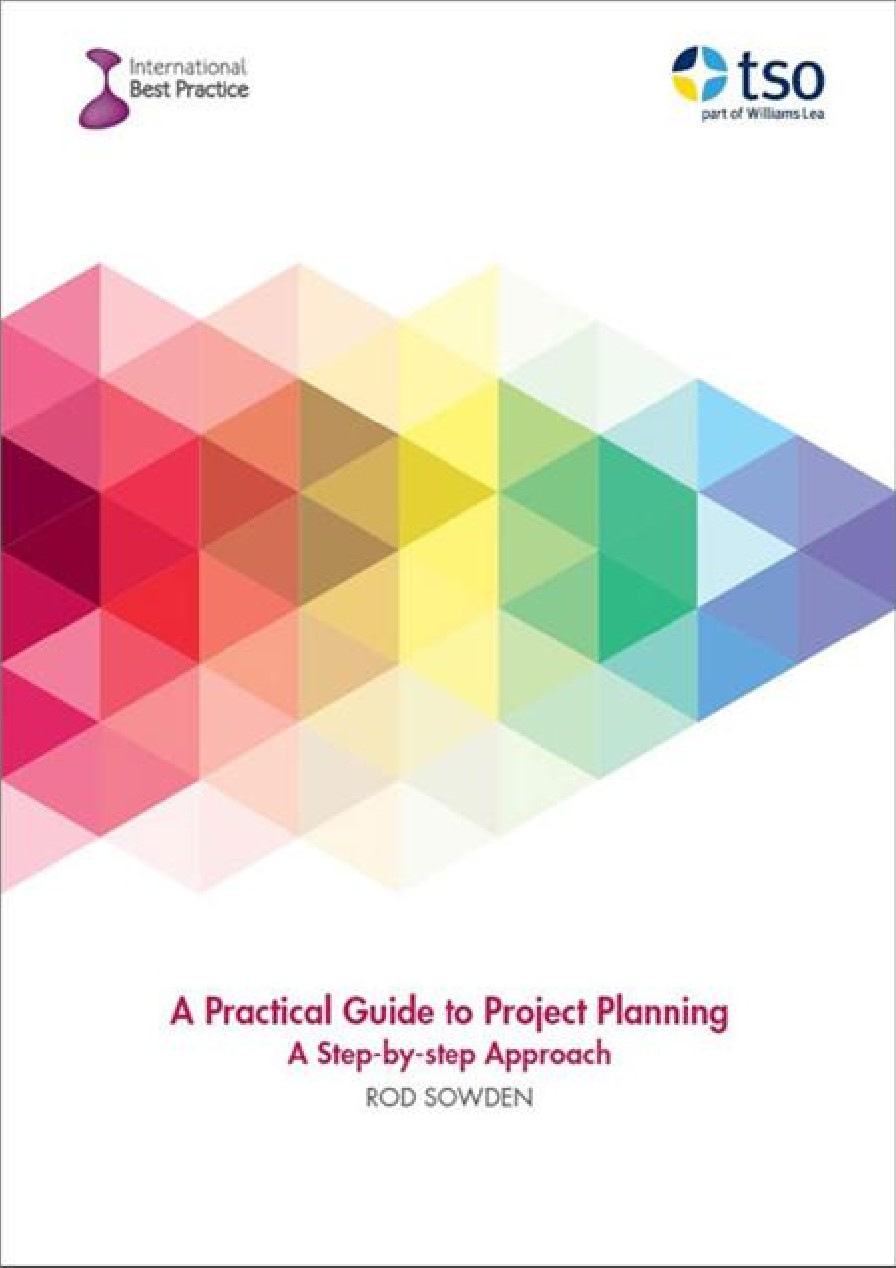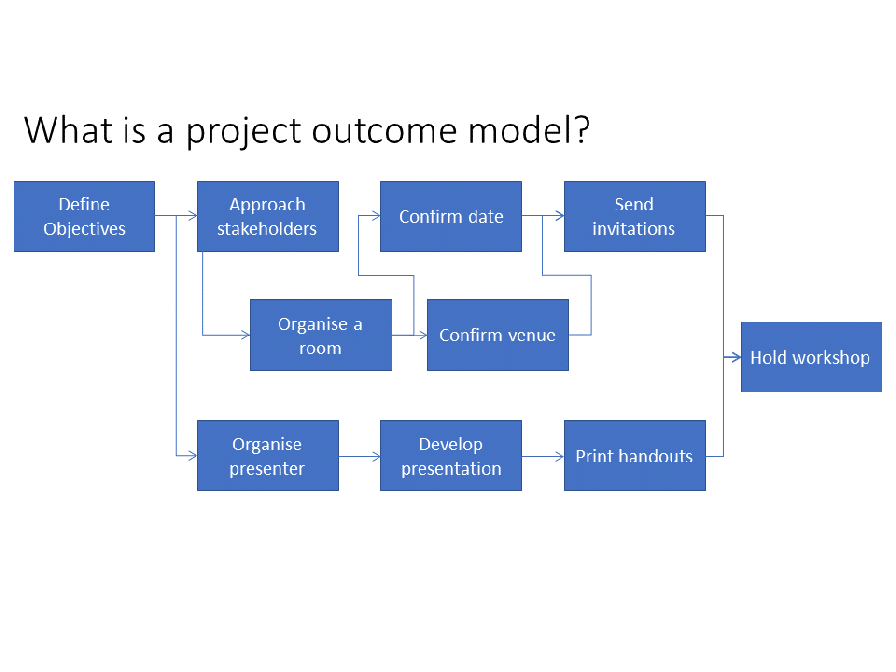eLearning Log in
Login here using your username and password
How do I map project outcomes?
Introduction
In the early days of the project, the information available will probably be inadequate to formalize the plan. There is also a danger that the project team moves too quickly to producing plans, which focus too much on details rather than the overall, high-level view of the journey. Therefore at the start of this stage it is useful to ‘map’ the journey. A graphical representation will make communications with non-technical stakeholders easier and provide a valuable input into identifying the milestones and control points for the project.
TIP
Do not be surprised if this step highlights areas of concern relating to scope. It may well be the case that things need to happen which were not spotted earlier.

This extract has been reproduced with permission from A Practical Guide to Project Planning, TSO 2016. If you’d like to read more you can purchase the copy of the book here.
Technique
Outcome modelling produces a simple diagrammatic illustration of what needs to be achieved. It provides an overview of how the requirements fit into the bigger scheme of things and how the objectives will be met by the project.
As we develop our plans, we will become more specific about whether it is a product, activity, output or outcome that is being mapped; however, at this stage we just want to illustrate at a very high level what has to happen.
TIP
Sticky notes and a wall are a great way to model outcome – create a note for each of the things you need to achieve and try to put them in some sort of order.
Example
An outcome model for the project training course example used earlier shows what needs to be done to organize a course (see Figure below). The objectives need to be defined before anything else can happen. This is followed by finding a room, inviting the stakeholders and booking a presenter. Some outcomes in the sequence enable one or more other outcomes whereas others are self-fulfilling in their own right. Where other outcomes are enabled, the following outcomes are ‘dependent’ on the earlier outcomes, so the term ‘dependencies’ is used a lot in project planning.
The objectives need to be defined before anything else can happen. This is followed by finding a room, inviting the stakeholders and booking a presenter. Some outcomes in the sequence enable one or more other outcomes whereas others are self-fulfilling in their own right. Where other outcomes are enabled, the following outcomes are ‘dependent’ on the earlier outcomes, so the term ‘dependencies’ is used a lot in project planning.
An outcome model can be very helpful for explaining the project to people not very familiar with project management. The illustration also shows how some outcomes are more critical than others because they have more dependencies.
